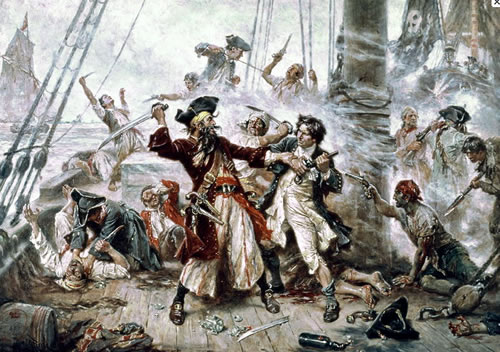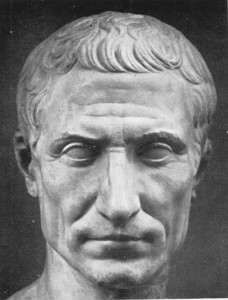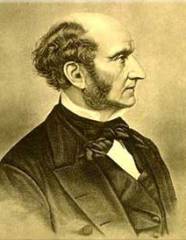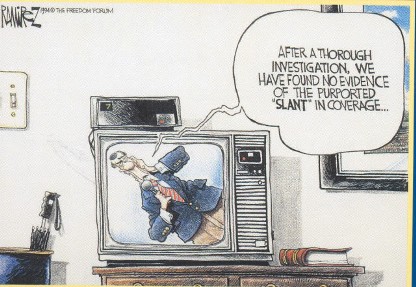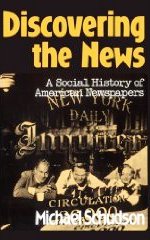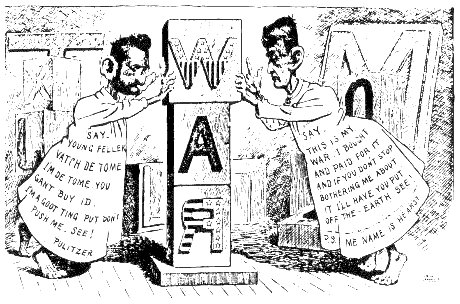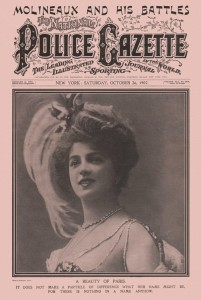In our last blog entry, we discussed how technological advancements like the printing press and steam engine (see below) have helped spread information and the news to the public-at-large. In this entry, we will continue to discuss how technology has helped shape the spread of information and the news.
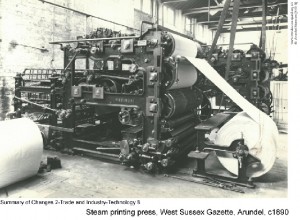
Source: http://www.westsussex.gov.uk/apps/eLearning/medium_image.jsp?imageid=1311
Like the printing press and the steam engine, the invention of the single wire telegraph (see picture below) by Samuel Morse (who also invented Morse Code) in the 1830’s was another technological achievement that helped spread information and news around to the public. According to Mitchell Stephens, author of “The History of News“, Morse showed off his invention to a group of people congregating at a railroad station in Washington D.C. by announcing the presidential and vice-presidential nominee ticket for the Whig Party in 1844.
Source: Wikipedia
Another technological achievement that happened around this period, according to Mitchell Stephens, was the creation of the first transatlantic cable by Cyrus W. Field (see picture below) in 1858, which established a faster means of communication for talking with people in Europe from the United States, as opposed to, the old fashion way of sending handwritten letters from the United States to their destinations in Europe by ships.
Source: PBS
Perhaps, one of the most important technological advancements to help spread information and news around easier and more effectively was the invention of the radio in the 1890’s. Mitchell Stephens mentions in his book, “The History of News”, that Guglielmo Marconi patented his “wireless telegraphy” or radio in England in 1895. Further, improvements on this new technology, would lead to the creation of radio stations. The first radio station in the United States was KDKA in Pittsburgh, Pennsylvania and it first broadcasted the results of the 1920 presidential election between Harding and Cox on November 2, 1920. The radio would become a popular medium(see picture below of girl listening to radio) to find information and the news. By 1927, according to Mitchell Stephens, there would 733 radio stations operating in the United States.
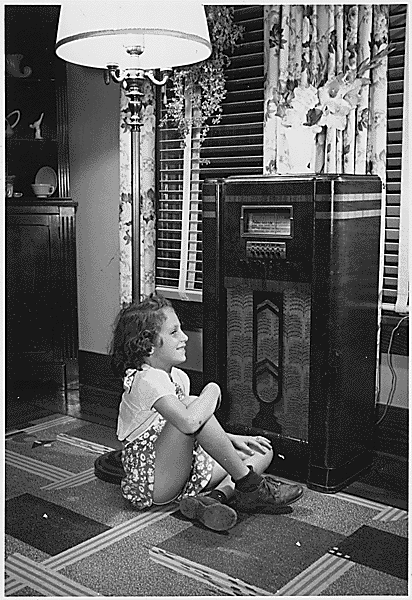
Source: Wikipedia
Overall, as one can see, technological advancements like the telegraph and the radio have helped in the spread of news and information. In the next blog posting, more advancements in technology will be discussed to help people further understand how technology has helped in acquiring news and information more easily and effectively.












